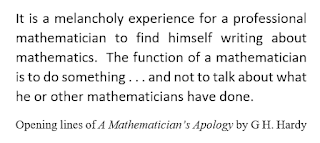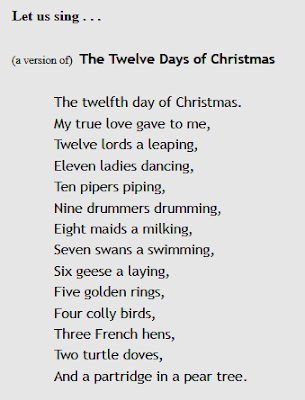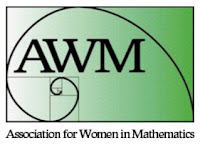The Association for Women in Mathematics each year sponsors an Essay Contest in which students (junior high, high school, and college) each interview a math-woman and write about it. Contest winners for this year's contest have been announced and I invite you to go to this link -- to read well-written words about wonderful and inspiring women.
One of the wonderful math-women in my life was Laura Church -- my teacher during my junior and senior years at Indiana Joint High School (in Indiana, PA) -- and here is a stanza that remembers her.
Chalk in hand,
she tosses her book,
strides across the room,
excited by trigonometry,
excited that we,
restless in our rows,
caught some of it.
Flamboyant, silver,
fearless woman.
This stanza is from "The Ones I Best Remember" -- the entire poem is found here. More "girls and math" poems are at this link -- and the curious reader may browse or use this blog's SEARCH feature to find lots more!


















